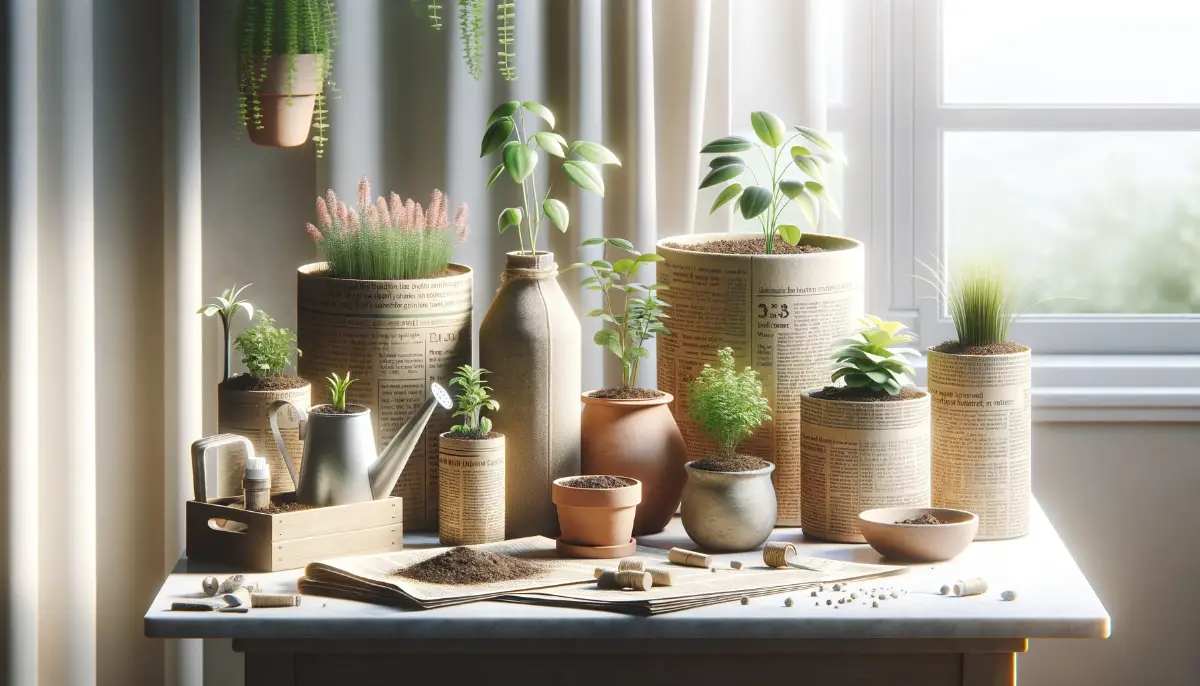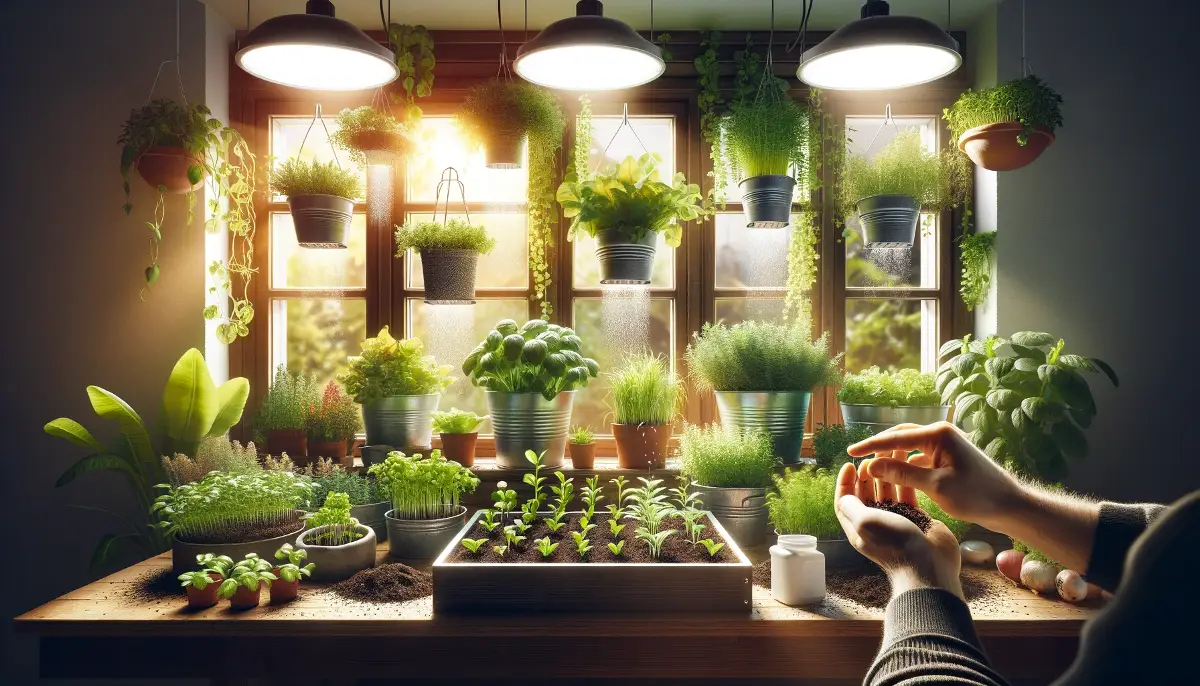Brighten your indoor space with thriving houseplants. But what happens when the fresh, vibrant growth on your plants begins to fail? Discolored, wilting, or dying new growth is a common problem—and a frustrating one for plant lovers.
Understanding why new growth is failing is crucial to taking corrective action and ensuring the long-term health of your indoor garden.
- Overwatering often causes root rot, harming new growth.
- Proper lighting is essential—both too much and too little light can damage plants.
- Pests and diseases frequently target new and tender growth.
- The right soil and pot size can make or break your plant’s health.
- Preventative care is the secret to long-term houseplant success.
Why Does New Growth on Houseplants Fail?
New growth signifies vitality, but when it fails, several factors could be at play:
1. Overwatering and Root Rot
Overwatering is one of the biggest culprits behind unhealthy new growth.
- Excess water suffocates roots and leads to root rot, a decay that blocks nutrient uptake.
- Plants with wet, soggy soil often show yellow, drooping, or dying new leaves.
💡 Solution: Water your plants only when the top inch of soil feels dry. Use pots with drainage holes and empty saucers promptly.
2. Inadequate Light Exposure
Plants depend on light for photosynthesis.
- Too little light can stunt new growth, while too much direct sunlight can scorch tender shoots.
- Symptoms include leggy stems or browning leaf tips.
💡 Solution: Research your plant’s light needs. Rotate pots weekly to ensure even light exposure, and consider supplemental grow lights for darker spaces.
3. Pests and Diseases
Insects like spider mites, aphids, and mealybugs, along with fungal diseases, love attacking tender growth.
- Look for sticky residue, visible pests, or discoloration on new leaves.
💡 Solution: Treat infestations early with neem oil or insecticidal soap. Clean leaves regularly and isolate affected plants.
4. Improper Watering Practices
Both overwatering and underwatering stress plants.
- Dry, cracked soil can cause dehydration, while waterlogged soil suffocates roots.
💡 Solution: Stick to a consistent watering schedule. Allow the topsoil to dry slightly before rehydrating, and avoid letting water pool in saucers.
5. Unsuitable Soil or Pot Size
The wrong soil mix or pot can hinder your plant’s growth.
- Poorly draining soil can lead to water retention, while pots that are too small restrict root expansion.
💡 Solution: Repot annually or when roots outgrow their container. Use soil tailored to your plant type (e.g., cactus soil for succulents).
How to Fix Dying New Growth on Houseplants
1. Revitalize Watering Habits
- Deep-water plants occasionally rather than frequent shallow watering.
- Ensure excess water drains completely to prevent soggy roots.
2. Provide Optimal Lighting
- Identify the right light level for each plant species.
- Use sheer curtains to diffuse harsh sunlight for sensitive plants like ferns.
3. Combat Pests Proactively
- Inspect plants weekly for early signs of bugs.
- Treat infestations promptly with organic remedies or mild pesticides.
4. Use the Right Soil and Pot
Choose a pot that allows room for root growth while preventing waterlogging.
Repot plants in well-draining, nutrient-rich soil.
Preventive Measures for Houseplant Health
Creating a conducive environment and adopting best care practices can prevent many common issues with houseplants:
Routine Check-ups and Maintenance: Regularly inspect your plants for signs of distress. Check the leaves, stems, and soil, and make adjustments to care routines as needed. This proactive approach can prevent many issues from becoming serious problems.
Creating an Ideal Environment: Consider the specific needs of each plant regarding humidity, temperature, and air circulation. Some plants thrive in humid environments, while others prefer dry conditions.
Using a humidifier, placing plants in a suitable room, or grouping plants together can help maintain optimal humidity levels. Ensure good air circulation to prevent fungal diseases.
FAQs on Why New Growth is Failing
Why is the new growth on my houseplants turning yellow and dying?
Overwatering is a common reason for yellowing leaves, leading to root rot which affects the plant’s ability to absorb nutrients and water.
Can too much sunlight cause new growth on houseplants to die?
Yes, excessive direct sunlight can scorch the leaves, causing damage and potentially killing new growth. It’s important to understand the light requirements of your specific plant.
How does improper watering affect new growth on houseplants?
Both overwatering and underwatering can lead to poor health and dying new growth. Overwatering can cause root rot, while underwatering may lead to dehydration and nutrient deficiency.
What role does pot size play in the health of new growth on houseplants?
A pot that’s too small can restrict root growth, leading to stress and unhealthy new growth, while a pot that’s too large may hold excess water, increasing the risk of root rot.
How can pests and diseases lead to dying new growth on houseplants?
Pests and diseases can attack the vulnerable parts of the plant, such as new growth, sucking out the sap or infecting the plant with viruses or fungi, which can be detrimental to the plant’s health.
What is the best way to water houseplants to promote healthy new growth?
The best method is to water deeply but infrequently, allowing the top inch of soil to dry out between waterings. This encourages strong root growth and prevents root rot.
Can the type of soil affect new growth on my houseplants?
Yes, using the wrong type of soil can affect drainage and nutrient availability. Well-draining soil is essential for most houseplants to prevent waterlogged conditions that can lead to root rot.
Why do my houseplants have weak new growth?
Weak new growth can result from insufficient light, poor nutrition, or inadequate watering practices. Ensure your plants are getting the right amount of light and nutrients for their specific needs.
How can I tell if my houseplant needs to be repotted to improve new growth?
Signs that your houseplant may need repotting include roots growing out of the drainage holes, water draining too quickly, or the plant becoming top-heavy and tipping over.
What preventive measures can I take to ensure healthy new growth on my houseplants?
Regularly check your plants for signs of stress, adjust watering and lighting as needed, ensure proper drainage and pot size, and be vigilant about pests and diseases.










